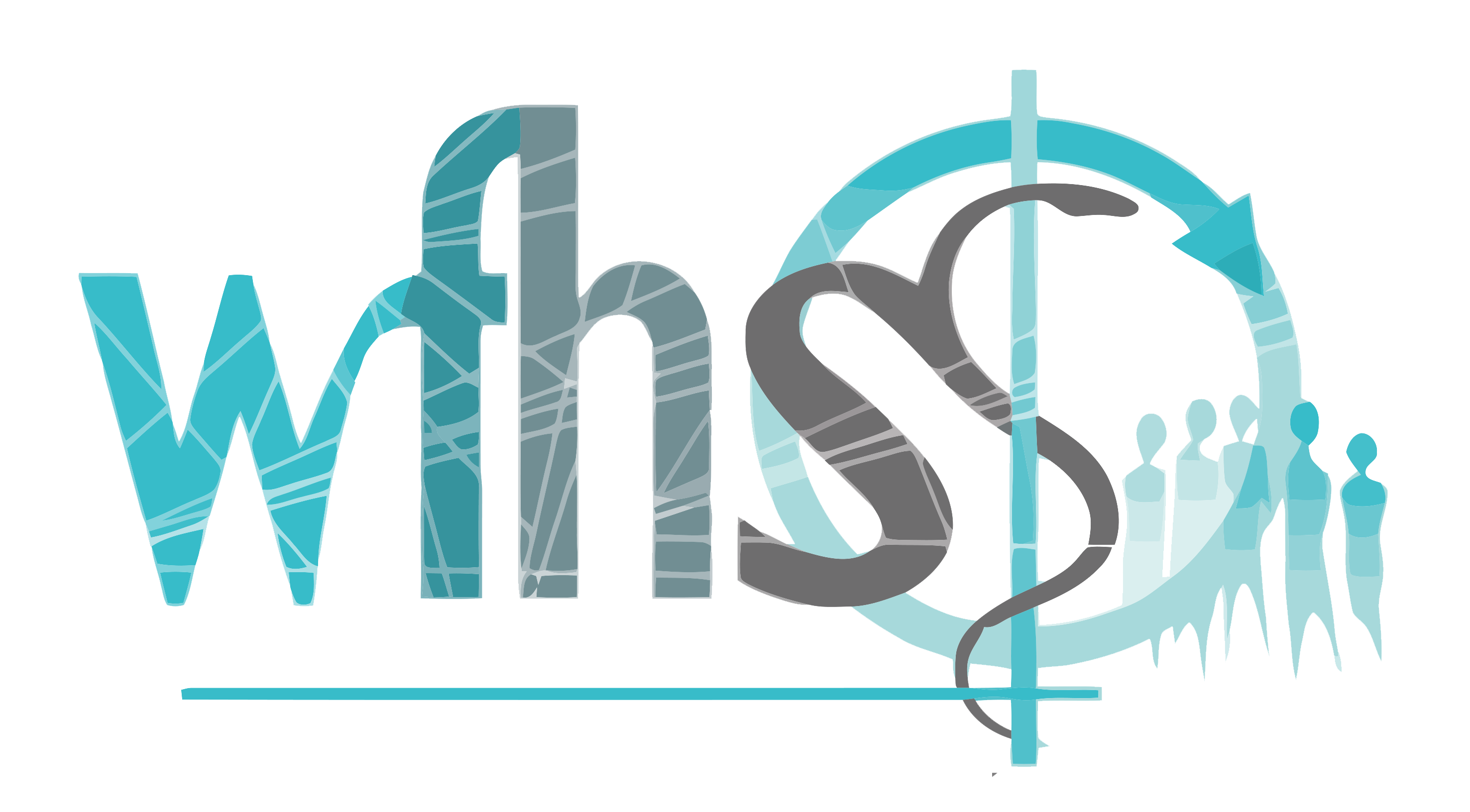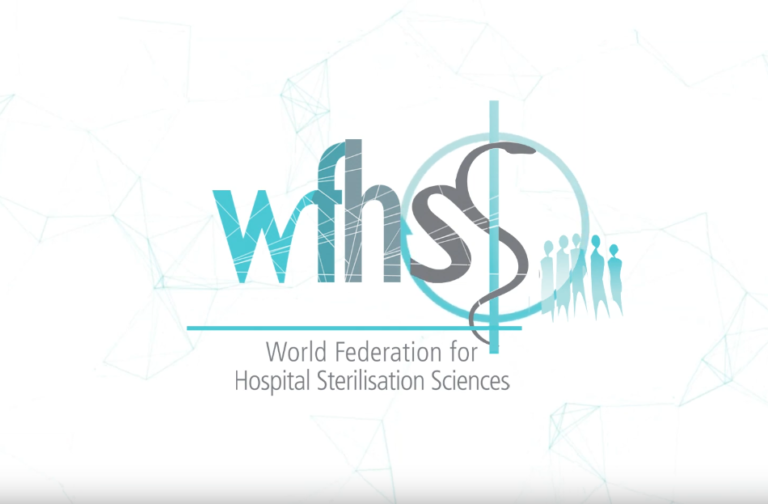El procesamiento del lugar de uso incluye todas Los procedimientos realizados en lugar de uso antes del transporte de un Dispositivo médico reutilizable (DMR) a la sala de reprocesamiento o al departamento de esterilización.
Los lugares de uso y los servicios de reprocesamiento pueden estar en diferentes ubicaciones (en el mismo edificio o distantes). Los operadores de reprocesamiento pueden no ser funcionarios del centro de salud (por ejemplo, en caso de subcontratación)
El procesamiento en el lugar de uso es realizado por empleados que recibieron formación adecuada en DMR y precauciones de salud laboral y seguridad ocupacional relacionadas con el manejo de DMR contaminados
| Los operadores que ejecutan procedimientos en el lugar de uso, visten equipos de protección individual y son conscientes del riesgo de lesiones con objetos cortantes y conocen las medidas que deben tomarse en caso de accidente, verifican que todos los dispositivos y piezas estén presentes, identifican los DMR dañados e inician el proceso de reparación / mantenimiento o eliminación. manejan los DMR con cuidado y conocen el proceso que se aplicará en caso de caída, manipulan el DMR de una manera que evite la dispersión de contaminantes en la atmósfera y las superficies ambientales. |
Los principales objetivos del procesamiento en el lugar de uso son:
- Separar los DMR de los dispositivos de un sólo uso y de los desechos. Los artículos de un sólo uso y los residuos se eliminan de acuerdo con la normativa de gestión de residuos aplicable. Se requieren precauciones específicas para artículos afilados y agujas.
- Aislar el DMR afectado por riesgo especificas de prión según normativa local aplicable.
- Evitar que la materia orgánica se seque sobre el DMR
| Si se deja secar, la suciedad se adhiere al dispositivo y se vuelve difícil de eliminar, lo que hace más díficil su limpieza. Los lúmenes pueden obstruirse con material orgánico. Debe evitarse dejar el DMR durante la noche o durante el fin de semana. Las largas demoras en el procesamiento contribuyen a la formación de biopelículas que protegerán a los microorganismos de los procedimientos de limpieza de rutina. La sangre, otros fluidos corporales y la solución salina son altamente corrosivos y pueden causar picaduras en los instrumentos. |
- Preparar un DMR para su transporte a la sala de reprocesamiento o al departamento de esterilización.
| Los DMR se instalan de forma segura en contenedores de transporte para evitar cambios y daños durante el transporte. Se presta especial atención a los artículos frágiles. Los componentes afilados son separados Los contenedores de transporte están cerrados. Los contenedores llevan una indicación clara que el contenido posee riesgo biológico. Las indicaciones de riesgo biológico pueden estar definidas por la normativa local. Cuando el exterior de un contenedor de transporte está visiblemente sucio, se descontamina cuidadosamente antes del transporte. |
Las operaciones de procesamiento en el lugar de uso se realizan de acuerdo con las instrucciones de uso del fabricante del DMR.
- A lo largo del procedimiento quirúrgico, según sea necesario, los DMR se limpian con esponjas quirúrgicas humedecidas estériles para eliminar la suciedad visible y los lúmenes son irrigados con agua estéril.
- Inmediatamente después del uso, los residuos visibles se limpian y los canales de trabajo se irrigan. Los endoscopios flexibles requieren medidas especiales.
| El tubo de inserción del endoscopio se limpia con un paño que no suelte pelusa. El paño está saturado con una solución limpiadora de instrumentos, o una solución limpiadora y desinfectante de instrumentos que no tenga efecto fijador de proteínas. Los canales se lavan con la misma solución. Para el canal de aire / agua, se puede utilizar agua de la botella de enjuague de canales. Se lleva a cabo una prueba de fugas de acuerdo con las instrucciones del fabricante de DMR. Esto asegura la detección temprana de fugas y perforaciones y la prevención de daños más graves por la penetración de líquidos a sus fibras ópticas. |
- Los DMR que se componen de más de una pieza y motores quirúrgicos se desmontan de acuerdo con las instrucciones de uso del fabricante del DMR.
- Puede recomendarse el remojo en el lugar de uso para dispositivos complejos (por ejemplo, dispositivos con lumen o geometrías complejas). Este podría ser requerido o recomendado por las directrices locales. Si se implementa, el remojo en el lugar de uso se lleva a cabo de la siguiente manera:
| Las formulaciones de limpieza y desinfección cumplen con las regulaciones y normas internacionales. Se evitan procesos de fijación como el calor seco o los aldehídos. Los baños de remojo se preparan en lavabos destinados para este uso. |
- Los DMR se colocan en contenedores de transporte de forma ordenada.
| Los DMR frágiles están adecuadamente protegidos durante el transporte. Es posible que se requieran retenedores para instrumentos microquirúrgicos y endoscopios. Las ópticas se colocan en contenedores especiales. Los instrumentos afilados se separan dentro del contenedor Los instrumentos pesados deben ser colocados en la parte inferior y los instrumentos más livianos y delicados en la parte superior. Las bandejas de instrumentos no deben ser sobrecargadas. El tamaño de los contenedores evita que los artículos flexibles se doblen excesivamente. |
- Si no se remojó en el lugar de uso y si el tiempo antes de la limpieza y desinfección es prolongado, los DMR (1) se cubren con una toalla humedecida con agua destilada (no con solución salina) sobre el instrumento, o (2) se transportan en un recipiente que pueda mantener condiciones de humedad.
- Si el tiempo de limpieza es corto (máximo 6 horas), se prefiere el «traslado en seco» en vez del «húmedo» ya que la corrosión del DMR es limitado.
- Los contenedores deben ser cerrados y preferiblemente con candado plástico.
Se preparan procedimientos operativos estándar (POES) del procesamiento en el lugar de uso en asociación con usuarios quirúrgicos y médicos, de acuerdo con los pincipios de gestión de la calidad.
La Validación del proceso de controles de procesamiento en el lugar de uso que:
- Los entrenamientos se efectúan.
- La medidas de la Salud y seguridad ocupacional se realicen en el lugar.
- Las reglas de Gestión de residuos se conocen y aplican.
- La Trazabilidad está operativa.
- Los procedimientos operativos estándar (POES) están actualizados.

Recomendaciones de la WFHSS para el procesamiento en « el lugar de uso »
- El procesamiento en el lugar de uso separa los DMR de los artículos y desechos de un solo uso. Que la materia orgánica se seque en los instrumentos se evita retirando la materia orgánica, permeabilizando los lumenes y sumergiendo en un baño de desinfección y limpieza. Si el tiempo antes de la limpieza es prolongado, se toman precauciones adicionales antes de colocar los DMR en contenedores de transporte cerrados, preferiblemente cerrados con candado plástico.
- Se preparan Procedimientos operativos estándar (POES) del Procesamiento en el lugar de uso, en colaboración con usuarios médicos y quirúrgicos.
- El manejo de DMR contaminado requiere un buen conocimiento de DMR y adaptar las medidas de salud y seguridad ocupacional.
El proceso se implementa de acuerdo con los principios de gestión de la calidad.

Used on patient or withdrawn from packaging
Go to Preparation for cleaning – Key principles →
1 of 7 Preparación para la limpieza en el lugar de usoAccording to SOP’s Gross soil removal, soaking, careful installation of RMD in closed container
Go to Preparation for cleaning – process →
2 of 7 Preparación para la limpieza en unidad de reprocesamientoAccording to SOP’s
Go to Preparation for cleaning – process →
3 of 7 DMR preparado para limpieza y desinfecciónRMD prepared for cleaning
Go to Storage – Key principles →
4 of 7SOP’s prepared in partnership with medical or surgical users
Occupational health and safety measures
Go to ![]() WFHSS recommendation for preparation for cleaning →
WFHSS recommendation for preparation for cleaning →
Transfer to sterilization department or reprocessing room
Go to Preparation for cleaning – process →
6 of 7Controls
Go to Preparation for cleaning and quality →
7 of 7- ISO 17664-1: Procesamiento de productos para el cuidado de la salud: información que debe proporcionar el fabricante de dispositivos médicos para el procesamiento de dispositivos médicos (2017)













